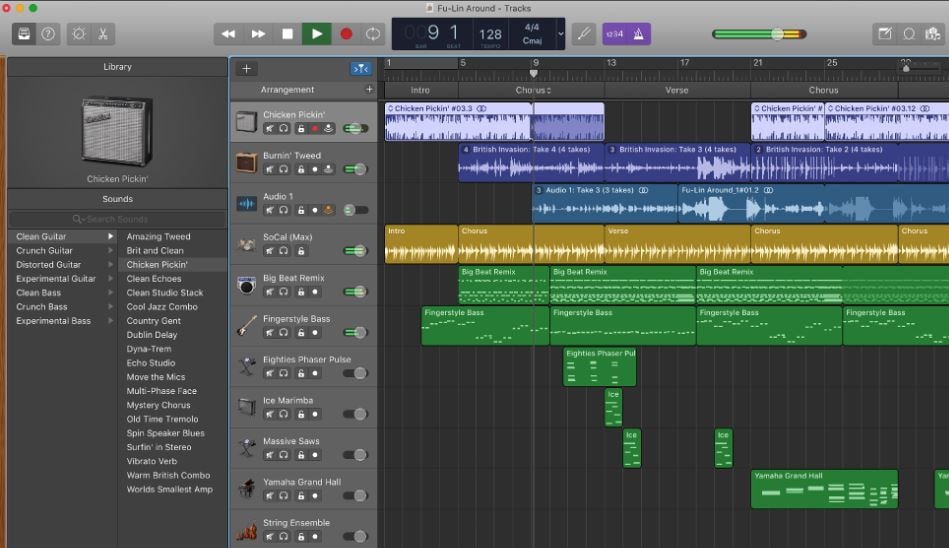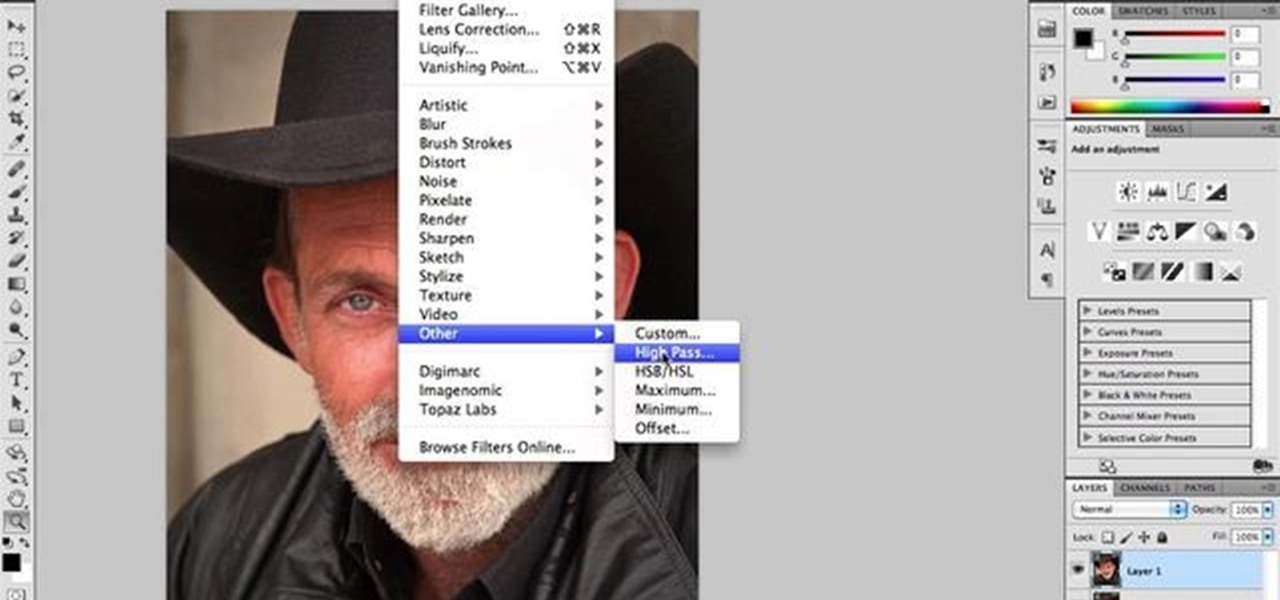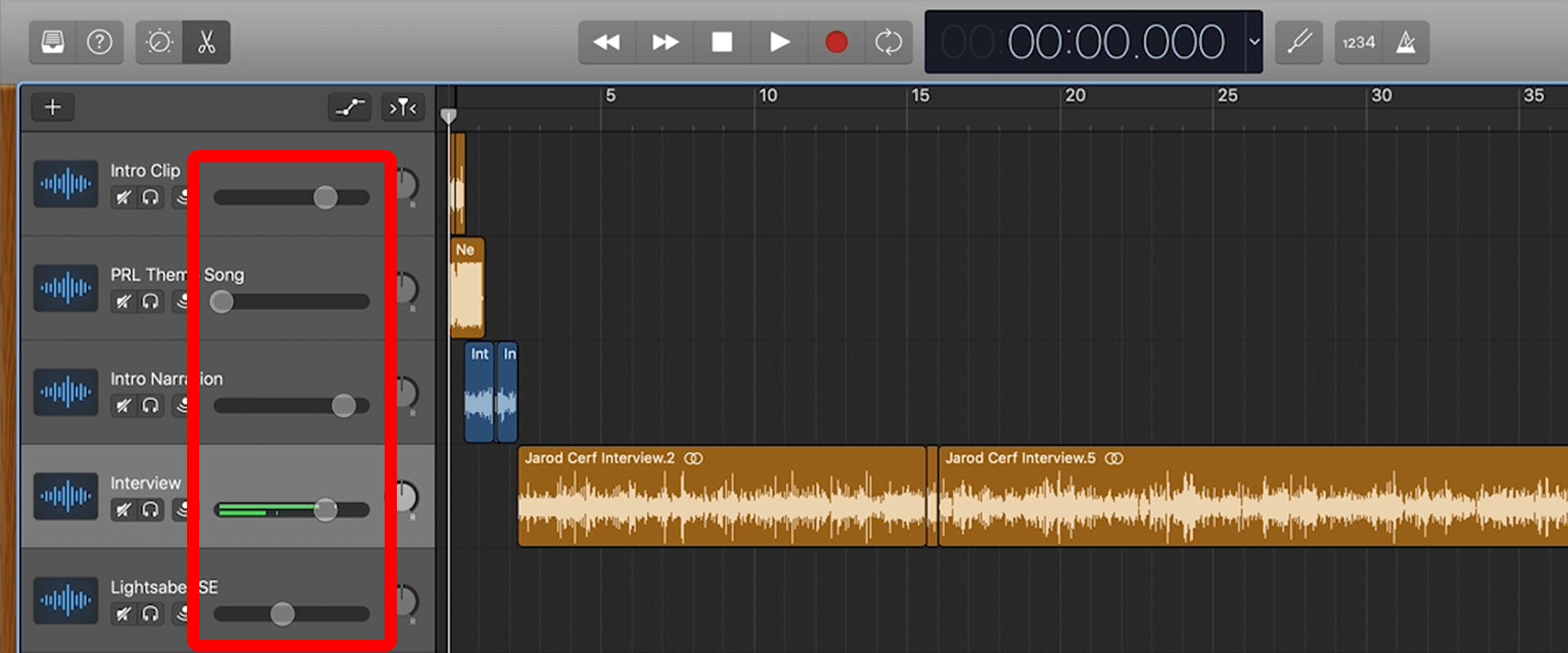When looking for free sound production software, there are two main contenders. Others are available, but when looking for a stable programme, with regular updates, a wide range of support materials and lots of plug-ins, the two you will hear time and time again are Audacity and Garageband.
Apr 05, 2018 Audacity is a digital audio editor, not a digital audio workstation like Garageband. It’s mainly designed to manipulate audio data - which is convenient as that's exactly what we need to do when editing a podcast! GarageBand and Audacity are the best music production software available today, used by thousands of musicians around the world. They help them create all kinds of music from Rock, Capella, Electronica, Hiphop. Best of both are free. So which audio editing software is best for you?
Plug your microphone into the USB port, or the microphone jack. Go to Settings System Sound. Under Choose your input device, select your microphone. Under Device Properties tab ensure that the microphone is enabled, and under Volume, move sliders up to middle of range. 🚩 Connect with me on social media:- Twitter: Instagram: LinkedIn: https://www.linkedin.com/i.
NOTE: Before we continue, Garageband is only available on macOS - if you only have access to Windows then the decision has been made for you - Audacity is the best, free sound production tools on Windows. Period.
Audacity
Adobe audition for mac free. Audacity is a free, easy-to-use, multi-track audio editor and recorder for Windows, Mac OS X, GNU/Linux and other operating systems. You can use Audacity to:
- Record live audio.
- Record computer playback on any Windows Vista or later machine.
- Convert tapes and records into digital recordings or CDs.
- Edit WAV, AIFF, FLAC, MP2, MP3 or Ogg Vorbis sound files.
- AC3, M4A/M4R (AAC), WMA and other formats supported using optional libraries.
- Cut, copy, splice or mix sounds together.
- Numerous effects including change the speed or pitch of a recording.
- Write your own plug-in effects with Nyquist.
- And more..
Audacity is open source software - the source code is available for anyone to study or use. The amount of time and resources Audacity team have put in to offer us an extensive and completely free piece of software is amazing - please consider donating to support Audacity development. Anyone can contribute to Audacity by helping with documentation, translations, user support and by testing the latest code.
Pros
Audacity is a digital audio editor, not a digital audio workstation like Garageband. It’s mainly designed to manipulate audio data - which is convenient as that's exactly what we need to do when editing a podcast!
It has all the audio tools you'll need: level meters, multi-track recordings, sample rates up to 384KHz and 32-bit depth, true export in lossless formats like AIFF and FLAC, unlimited undo, change pitch and tempo, noise removal, and loads more built-in effects.
It also allows for more flexibility and fine-tuning of tracks than GarageBand.
Cons
Audacity doesn't have the most intuitive or good-looking user interface, and it comes with a learning curve. The sheer number of effects and settings can take a while to get used to if you don’t have any background in audio engineering so expect to spend several days getting comfortable with the software.
Audacity doesn't support MIDI recordings and doesn’t come with any pre-recorded material (e.g., loops) to help new music producers get started. This is a real hindrance if you plan on recording background music or a jingle for your podcast.
Garageband
GarageBand is a fully equipped music creation studio inside your Mac — with a complete sound library that includes instruments, presets for guitar and voice, and an incredible selection of session drummers and percussionists.
Pros
GarageBand’s main job is to help you arrange and combine all of your individual audio sources into a single audio creation. This means that it's really useful when working with multiple tracks like a remote interview or various segments in an episode.
It's very stable and hardly ever crashes - important when you've been editing that 2 hour show all day!
GarageBand has a beautiful interface and smaller learning curve than Audacity - it should take you a couple of hours to find your way around.
It supports MIDI recording, and comes bundled with lots of pre-recorded loops and synths that you can use to make jingles and background music, even without any instruments.
Cons
Garageband is only available on macOS - it's free, but only if you have a Mac. If you have to buy a Mac to use it then it's not really free and stay away!
It's also not open source so Apple is in full control of the development and you may have to wait a long time for updates.
There is less flexibility with audio manipulation. For example, effects can only be added to entire tracks, not just sections. There are work-arounds but a simple thing can quickly get convoluted.
If you don't have a Mac then the answer is simple - Audacity is simple enough to use, extremely well equipped, and versatile. With a bit of patience it is easy to master and will have you producing professional standard episodes in no time.
If you are a Mac user then it comes down to preference. Do you prefer versatility and fine-tuning tools, at the expense of usability and appearance? Use Audacity. Do you want simple, pick-up-and-play functionality, with a range of pre-loaded sounds and presets? Use Garageband.
Download Audacity
Download Garageband
Contents1 Reasons People Like Using AudacityWhich Do We Choose?
Do you want to save a bit of time? Just get the following and you will be good to go! All you need is Audacity and some good training videos to go with it and you will be up and running super quickly!
- Step 1 – Download Audacity For Free Here
- Step 2 – Get The Best Training For Audacity Here With Audacity Workshop
These Are All You Need! But, if you want more details, read on!
Recording your podcast successfully will require you to make a choice between popular editing software. While there are many audio editing tools available, there are two common products that are most often utilized by both beginners and professionals. If you are wondering about the difference between Audacity vs Garageband for podcasting, then you will find this guide helpful.
Both of the software packages have numerous elements that people like and dislike. A basic overview of the most liked and disliked features is showcased in this guide.
Reasons People Like Using Audacity


Cost
Unlike some editing packages, users do not have to pay money to download and use this software. Since the first version was released in May of 2000, there has never been a fee in order to use Audacity as a podcast editor. This makes it a very cost-effective approach for starting out on a low budget.
Operating System Compatibility
Not every person who creates digital audio files uses only one type of computer system. Cross-platform operating system support has always been offered with Audacity from the beginning. This means that if you are using Windows, Linux, Unix or MacOS, you will be perfectly fine.
Easy Audio Export
Creating files that are in the right format to upload to iTunes is simple with Audacity. The engineers have pre-programmed the software to automatically export an AAC file which is the preferred format for uploading content on the App store website. So if you plan to use iTunes for your podcast distribution, exporting your audio is a simple one-click method.
Pre-Installed Effects
In order to make a podcast that uses effects like reverb, noise removal or compression, you will need access to effects. With Audacity, there are pre-installed effects that are excellent for podcasters. You do not have to buy third-party effects packages in order to take advantage of the digital audio mastering that Audacity provides.
Large User Community
Due to its open source popularity, Audacity has an ever-growing user community around the world. With a detailed manual and multiple web forums, new and established users can learn tips and tricks for using this software to edit podcast audio easily. This makes creating your first or a series of podcasts simpler due to the amount of helpful articles and videos that can be accessed.
Plug and Play
If all you have is a USB microphone or one that connects through a mixer, Audacity simplifies hooking up audio sources. Because the software has been programmed to work with almost every sound card, plugging in a microphone and immediately recording your digital audio file is simple.
** If you plan to use Audacity, I also recommend looking at this Audacity Workshop review. Using this detailed Audacity course will definitely bring you up to speed quickly!

Reasons People Like Using Garageband
VST Plugin Support
The use of virtual instrument plugins can aid a podcaster in creating music tracks, mastering audio and adding equalization to a sound file. Garageband provides support for third-party VST plugins. This capability does provide more professional sound quality versus free open source programs.
Apple Products Compatibility
Since Apple created Garageband, it is also available for the iPad and other products. This flexibility does allow a person to record a podcast on a tablet, Mac laptop or a standard Apple desktop computer. Because all Apple computers come with Garageband pre-installed, there is no download necessary to get started using the software.
Audio Interface Support
Because Garageband is useful for both audio editing and music creation, support for multiple digital audio interfaces is included. If you plan to use Skype to record phone calls and interviews in your podcast, you will likely need to have a multiple input and output recording interface. The ability to record multiple streams of audio is something to consider when making a Garageband and Audacity comparison.
Music Loop Creation
Some podcasters find it helpful to create a music bed that plays underneath recorded speech. Garageband simplifies a way to create music loops that utilize pre-installed instruments or built-in sounds. Anyone, regardless of a musical background, can create intro music or a music bed in just a few clicks of a mouse. Detailed editing like stretching audio, silencing portions of music, ducking and seamless audio crossfades are included.
Garageband Free Online

Real Time Effects
One thing that Garageband does well that Audacity does not is the ability to add in effects to an audio file in real time. During recording or playback, an effect can be selected and used for one or more tracks. The audio playback will have the effect included without having to process the file first. This is a real time saver for someone who prefers to use effects in real time while recording podcasts.
Vocal Presets
If you are unhappy with your speaking voice, Garageband has built-in presets that provide pre-mixed vocal effects that can be added to your voice. The narration vocal, bright vocal, compressed vocal and natural vocal instantly create a pleasing tone to your recorded voice. Because effects can be turned on or off, you are not stuck with what you record if you do not like the sound of your voice.
Summary
As a podcaster, you now know the difference between Audacity vs Garageband for podcasting. The great thing is that you have access to free podcast recording software regardless of which program you choose. Determining the exact requirements of your show will assist you in making a decision about which platform to use for recording, editing or for both.
Mac os for intel 2000 graphics. If you only want a simple way to record your voice, add an effect or two and publish your podcast on the Internet, Audacity audio software will be a good choice. You can cut, edit, paste, trim, silence and normalize your audio files to get a better sound. You can also create multiple file formats that are required for upload to SoundCloud, YouTube and other distribution sources.
Audacity Versus Garageband
If you prefer to have more advanced editing or loop features, add image files to your podcast or want easier mixing capabilities, then Garageband might be the best choice. Having the correct tools in place can help you record ear-pleasing MP3, WAV or AAC files that can be shared and uploaded effortlessly online.
